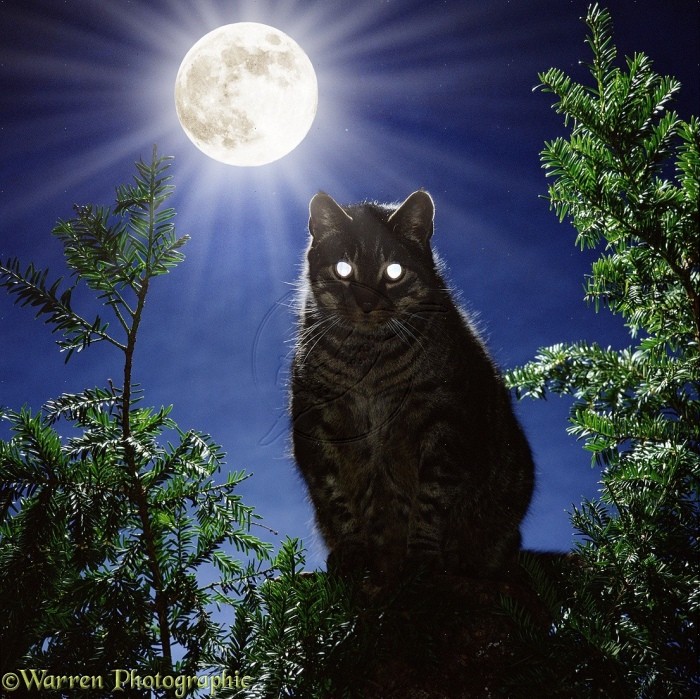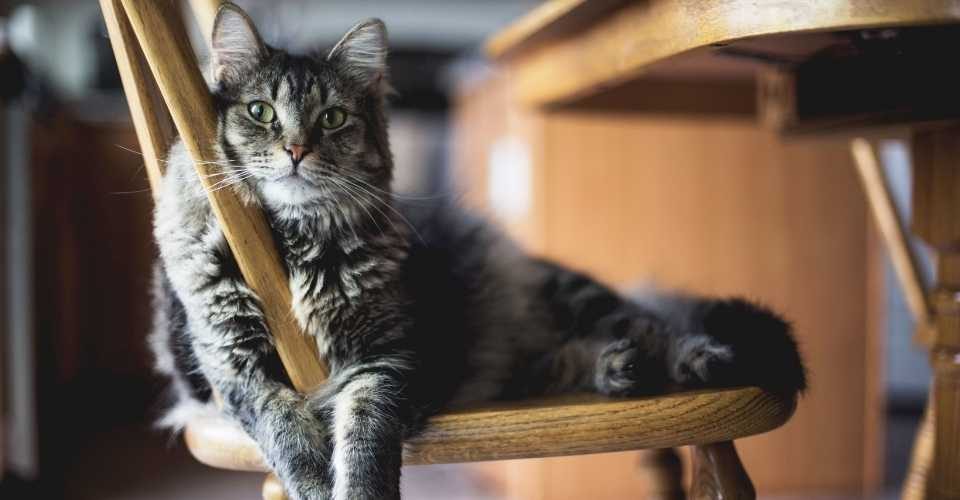

Both models agree in the rusty-spotted cat having been the first cat of this lineage that diverged, followed by the flat-headed cat ( P. The rusty-spotted cat possibly genetically diverged from this ancestor between 6.54 to 3.42 million years ago. The Prionailurus species are estimated to have had a common ancestor between 8.16 to 4.53 million years ago, and 8.76 to 0.73 million years ago. Analysis of mitochondrial DNA of all Felidae species indicates a radiation at around 16.76 to 6.46 million years ago. Phylogenetic analysis of the nuclear DNA in tissue samples from all Felidae species revealed that the evolutionary radiation of the Felidae began in Asia in the Miocene around 14.45 to 8.38 million years ago. Prionailurus rubiginosus phillipsi was proposed by Reginald Innes Pocock in 1939 who described a specimen from Central Province, Sri Lanka and subordinated both to the genus Prionailurus.

Prionailurus was proposed by Nikolai Severtzov in 1858 as a generic name. Taxonomy įelis rubiginosa was the scientific name used by Isidore Geoffroy Saint-Hilaire in 1831 for a rusty-spotted cat specimen from Pondicherry, India. Since 2016, the global wild population is listed as Near Threatened on the IUCN Red List as it is fragmented and affected by loss and destruction of its prime habitat, deciduous forests. In 2012, it was also recorded in the western Terai of Nepal. The rusty-spotted cat ( Prionailurus rubiginosus) is one of the cat family's smallest members, of which historical records are known only from India and Sri Lanka. This pupil shape allows them to sharply gauge distance before leaping for prey.Range of the rusty-spotted cat in 2016

“Cats also have slit-shaped pupils, which are common in ambush predators.

“Their pupils have the ability to dilate widely, allowing more light to hit their retinas, giving them great vision in low light,” Dr. Dogs have this, too, and this is why cats’ and dogs’ eyes will sometimes look like they’re glowing in the dark.Ĭats’ pupils can also dilate to large circles in the dark to let more light into their eyes. This allows cats to be able to see better in low-light situations. Kong said.Ĭats also have a layer in their eyes called the tapetum lucidum, which reflects light back through the retina to make more light available. “If there is some light in the room or coming to the room, they’ll be able to see much more than we can, since their eyes have more rods than us that are sensitive to the light, as well the ‘mirror’ layer in the eye that helps in catching more light,” Dr. Rods are the receptors that help with seeing in the dark. Kong said.Ĭats can’t see in the pitch-black dark, but they can see well in low light, which is why they’re able to hunt at dusk and dawn.Ĭats have more rods in their eyes than humans, which allows them to see well in low light. “Hunting at dusk and dawn gives cats an advantage because they’re less likely to be seen by predators,” Dr. The low light of the twilight hours also helped wild cats stay away from predators who were more active during the light of day and darkness of night, too. “The long hours between these times allowed them to rest and recuperate before the next hunt,” Dr. Hunting at dusk and dawn also gave cats a long time to relax and conserve energy in between their hunting sessions. “This adaptation allowed them to hunt in the cool of the day with just enough light to visualize, stalk and catch their prey.” “These habits of activity during twilight developed in the domestic cat’s wild cousin that lived in semi-desert-type environments,” Dr. Wild cats would hunt during periods of low light to stay cool in their desert environment, and eventually passed this trait down to the domesticated cats we know today. The reason why cats are more active when it’s dark out is because of their ancestors.


 0 kommentar(er)
0 kommentar(er)
